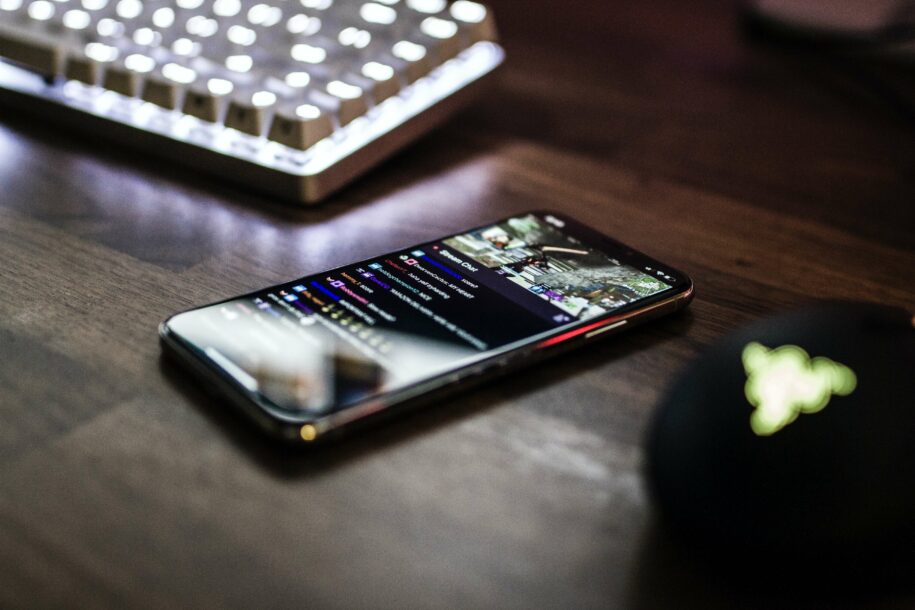Social media platforms have come a long way over the years, transforming our lives in ways that were only dreamed of in the past. From Facebook and Twitter to Instagram and TikTok, they have taken us on a journey into a digital world filled with endless possibilities. Connecting people from around the globe, these platforms offer us a chance to communicate with others in real-time and share our experiences with the world. This article explores social media evolution over time, from their introduction to where they are today.
Table of Contents
Social Media Before 1900

The history of social media before 1900 is an interesting one. Before the internet and cell phones, people relied on social gatherings and physical mail to stay connected with friends and family. In the early days of communication, people often wrote letters or visited each other for conversation.
News traveled through word of mouth and newspapers, allowing a person to connect with people from far away. With the invention of the optical telegraph in 1792 and then the electrical telegraph in the early 19th century, people could communicate more easily with each other. This was a significant step forward in the development of communication technology, as it allowed instantaneous messaging between people miles apart and helped spread the news more quickly than ever before.
The invention of the telephone in 1890 further revolutionized communication technology and made it easier for people to stay in touch. By the end of the 19th century, communication was becoming increasingly advanced, laying the groundwork for today’s social media.
Social Media After 1900
The 20th century revolutionized communication, paving the way for modern social media platforms. During the late 20th century and the introduction of the internet and e-mails, people began experimenting with different ways of connecting. Later, the invention of chatrooms allowed for dialogue between users, while instant messaging services made it easier to keep in touch with friends and family members.
Social networks such as Friendster, My Space, and Facebook quickly rose in popularity, allowing people to create digital profiles and stay connected with their peers. By the early 2000s, blogging was becoming increasingly popular for people to share their thoughts and opinions. This period saw the rise of Twitter, Instagram, Snapchat, and YouTube, all of which have become essential tools for sharing information and staying connected with our loved ones.
Early Social Media Sites and Platforms
The dawn of the digital age marked a revolutionary time for humankind, with a range of powerful and innovative technologies emerging at an unprecedented rate. In particular, over the past few decades, social media platforms have drastically altered our lives, providing new ways to communicate and express ourselves. Here are some of the most influential and impactful origins of social media sites and platforms:
- Friendster: Friendster was one of the earliest pioneers of the social media world, launching in 2002 and becoming an instant sensation. It allowed users to connect with friends and family, and meet new people worldwide by creating detailed profiles, uploading photos and videos, and sharing links. It even allowed for private messaging options between members. Friendster was widely credited with being a significant factor in connecting people online, and it paved the way for other social media networks like Facebook.
- MySpace: MySpace followed in the footsteps of Friendster and was launched in 2003 as an alternative to the popular network. It allowed users to customize their profiles with HTML coding, upload music and videos, join or create groups, and send messages to other users. MySpace also allowed various third-party applications to be added to profiles, offering various abilities and features. Its focus on music and entertainment made it an instant hit with people, and quickly became one of the world’s most popular social media networks.
- LinkedIn: LinkedIn was launched in 2003 and quickly became renowned for its focus on professional networking. It allowed users to create detailed profiles, grow followers, join groups, post jobs and internships, and search for new opportunities. This platform was an essential tool for business professionals, allowing them to find potential employers or employees and make industry connections. It also gave job seekers a way to showcase their skills and experience to employers.
Social Media Today
Today, social media platforms have become integral to our lives, connecting us to people and information worldwide. These services offer a variety of features that allow users to communicate with friends, share content, engage in conversations, and express themselves. They have revolutionized how we communicate with one another and keep up with the latest news and trends. Below are some of the most popular social media platforms currently available:
- Facebook: Facebook is a powerful tool for connecting people worldwide and is among the most influential social media platforms. It lets users share photos, videos, messages, and updates with friends. It’s a global platform where users can like and comment on posts, join groups, follow pages, and even host events. With its powerful reach and vast capabilities, Facebook can be a beneficial tool and a dangerous distraction. Despite the potential pitfalls, it is impossible to ignore the influence of Facebook on daily life; it has become an ironclad part of our culture that will likely remain so for years to come.
- Twitter: Twitter is another central social media platform known for its brevity, with tweets limited to 280 characters or less. Despite the constraints of this medium, it has become an incredibly influential tool. Users can post text, links, and images to broadcast their thoughts and opinions daily. People can increase followers, communicate through direct messages, and create hashtags to join conversations. As a result, Twitter has become a powerful tool for public relations, advocacy campaigns, and other types of communication.
- TikTok: TikTok is a short-form video platform where users can create and share 15-second videos with music and special effects. It has become prevalent among younger audiences, who use it to showcase their talents or make funny skits. Despite its brevity, the platform has a powerful reach that has enabled brands and influencers to gain exposure on a global level.
Conclusion
Social media has changed how we connect, interact, and communicate. It has become an integral part of our lives, allowing us to stay in touch with friends and family, share information quickly and easily, keep up with current events, and even find new opportunities. These platforms provide users with diverse options, from LinkedIn’s focus on professional networking to TikTok’s short-form videos. You can laugh, learn, and express yourself within the digital walls of these vibrant communities.
- Mastering Social Media: Tips and Strategies for Effective Marketing - October 3, 2023
- Harnessing the Power of Social Media for Elevating Customer Service - October 3, 2023
- Social Media Marketing Insights and Strategies for Success - October 3, 2023

